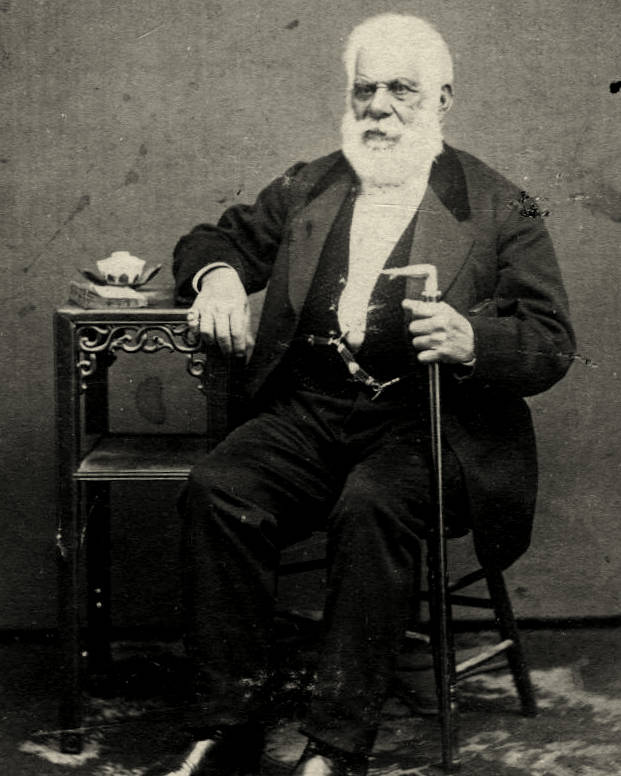AARP Hearing Center

Pío Pico: Statesman, Landowner, Entrepreneur
Pío de Jesus Pico was a first-generation Californio, born in Alta California to parents who emigrated from the part of New Spain that is now Mexico. He was born at the Mission San Gabriel Arcángel on May 5, 1801. After the death of his father in 1819, Pico settled in San Diego, where he married María Ignacia Alvarado on February 24, 1834.
Pico served twice as Governor of Alta California, for a short time in 1832, then again in 1844 when he was chosen as a leader of the California Assembly. In 1845, he was again appointed governor. Pico made Los Angeles the province's capital. In the year leading up to the Mexican–American War, Governor Pico was outspoken in favor of California's becoming a British Protectorate rather than an American territory.
When U.S. troops occupied Los Angeles and San Diego in 1846 during the Mexican–American War, Pico fled to Baja California, urging the Mexican Congress to send troops to defend Alta California. Pico did not return to Los Angeles until after the signing of the Treaty of Guadalupe Hidalgo, and he reluctantly accepted the transfer of sovereignty to the United States.
Automatically granted United States citizenship, he was elected to the Los Angeles Common Council in 1853, but he did not assume office.
By the 1850s Pico was one of the richest men in Alta California. In 1850 he purchased Rancho Paso de Bartolo, which included half of present day Whittier. Two years later, he built a home on the ranch and lived there until 1892. That home is preserved today as Pio Pico State Historic Park. Pico also owned the former Mission San Fernando Rey de España, Rancho Santa Margarita y Las Flores (now part of Camp Pendleton), and several other ranchos. His land holdings eventually reached more than 500,000 acres.
In 1869, he began construction of the three-story, 33-room hotel, Pico House (Casa de Pico) on the old plaza of Los Angeles, opposite today's Olvera Street. At the time of its opening in 1869, it was the most lavish hotel in Southern California. After decades of neglect, it was deeded to the State of California in 1953, and is now a part of El Pueblo de Los Angeles State Historic Monument, and it is still used for exhibits and special events.
Pico died in 1894 at the age of 93, and is buried at the El Campo Santo Cemetery in the City of Industry.
Today, the name Pico is familiar to Southern Californians as a place name, including Pico Boulevard, the city of Pico Rivera, and the Pico House. In a remarkable lifetime that spanned 93 years under the flags of Spain, Mexico and the United States, Pío Pico’s rise from humble beginnings to the highest office in the state places him among the most remarkable figures in California history.































































